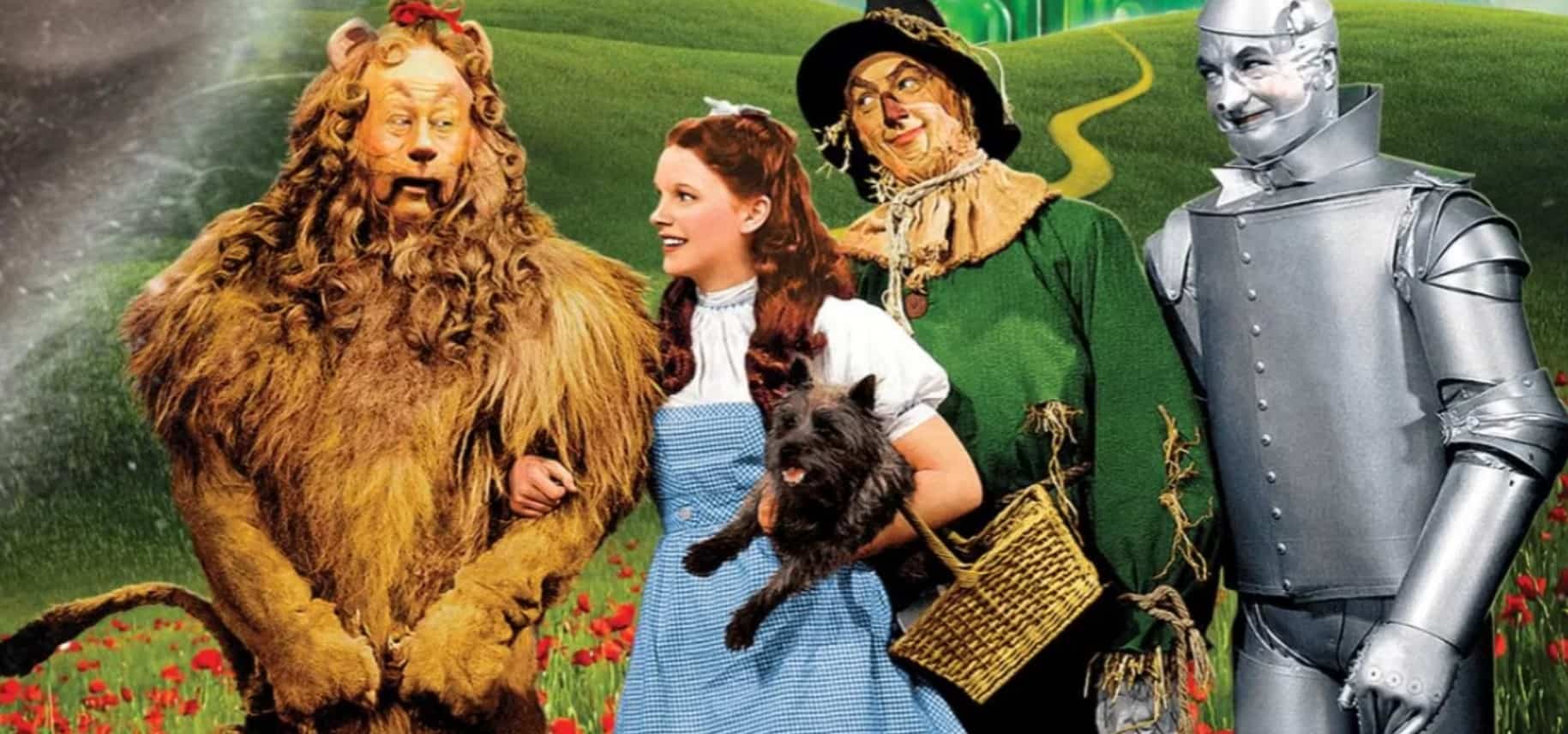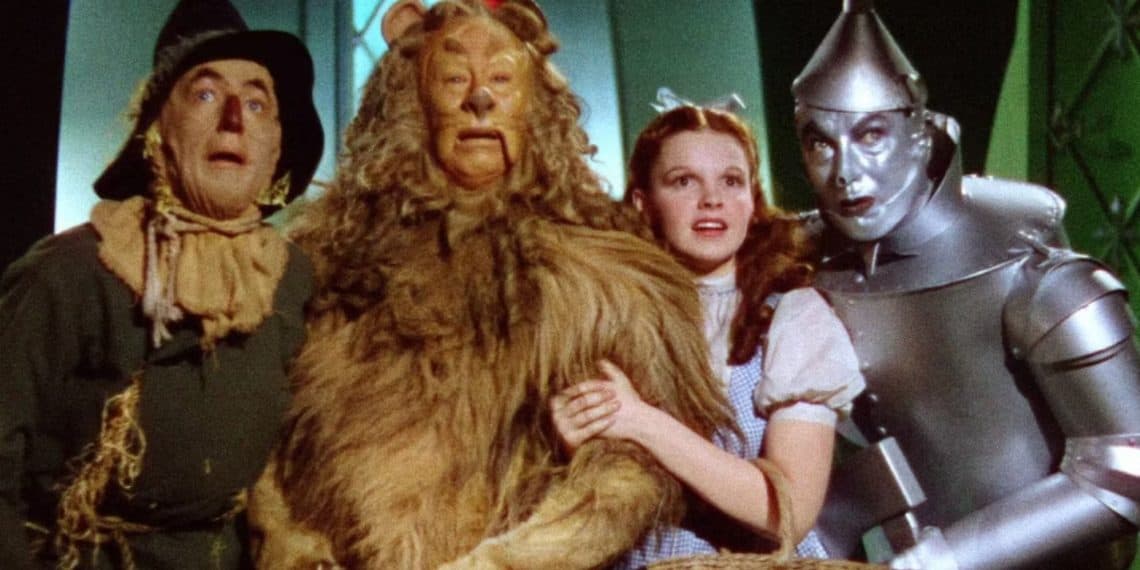Victor Fleming’s 1939 musical fantasy comedy classic starring Judy Garland based on L. Frank Baum’s book, the Academy Award-winning movie “The Wizard of Oz” wasn’t short of behind-the-scenes controversy. Many things that took place on that set wouldn’t be tolerated in any way, shape, or form.
The movie is a story about a little girl in Kansas who gets swept away by a tornado into a fantastic world and makes a bunch of friends in a parallel world named Oz. Lauded by its novel cinematographic techniques, songs, and on-screen performances, the movie hides many trivia details worth exploring.
The film had quite a number of sordid scandals while shooting, things like harassment, inadequate compensation, makeup that could kill the performers, and many other things, which we will comment on today.

The Wizard of Oz Controversy
Released by Metro Goldwyn Mayer in August 1939, the Wizard of Oz is a cinematic masterpiece, one of the best films ever made. Fun fact: Whether or not it is a coincidence, Pink Floyd’s iconic album “Dark Side of The Moon” syncs perfectly with the movie. But setting that aside, as well as mentioning how great Judy Garland’s ruby shoes and performance were in the movie, we have to cover how badly she was treated during the making of the movie.
Pay Gap
Judy Garland was paid $500 a week for doing The Wizard of Oz; that’s way less than those who worked with her. In comparison, Toto the dog was paid $125 a week, and her male counterparts were paid $3,000 a week. In a time and age where social groups push for equal pay for equal work, that wouldn’t even be accepted. Furthermore, Margaret Hamilton, the Wicked Witch of the West, was paid twice as much as Judy Garland: $1,000 weekly.
Harassment
The 1939 film environment was a male-dominated environment; Judy Garland was just a little girl at the time. And that machismo-dominated environment became part of the behind-the-scenes dynamics, that saw Garland exposed to harassment of the emotional and physical kind.
Take, for example, how director Victor Fleming back-handed slapped Garland for gaffes and laughs during takes.
The Munchkins, a bunch of men in the fourth decade of life, groped her. And Garland’s physical, innocent appearance was a bit too enticing for a bunch of dudes in the 1930s who couldn’t keep their hands to themselves.
Drug Use
To calm Judy Garland, the director and its producers forced Judy Garled to take amphetamines during the main shooting of the film to “up her” and gave her sleeping pills to “down her” so she could sleep and be calm when it was time to rest. Judy Garland wasn’t the only performer in Hollywood’s history to be the victim of those uppers and downers pill combos.
To make matters worse, Garland was underage and did so without the consent of her legal representatives. Nowadays, no parent would accept that a Hollywood producer would drug their child for a part in a film.

Bad Makeup & Unsafe Costumes
To make Margaret Hamilton look like the menacing and nasty Wicked Witch of the West, a series of bad quality makeup was applied to her face, a mixture that resulted in multiple burns to her face and hands during filming. She was never paid in compensation by the studio for that. Nowadays, the Screen Actor’s Guild would’ve sued MGM for that.
Bert Lahr’s Cowardly Lion’s costume weighed over 50 kilograms, and the actor could’ve suffered back problems resulting from donning said costume. Moreover, coupled with the weight, the temperatures on set were extremely hot, resulting from the lights.
Lastly, parts of real lion skin were used for the costume, which would be totally decried by animal rights activists nowadays.
Asbestos Use On Stage
For many scenes in which it was snowing, MGM used asbestos to emulate snow. Asbestos is now a banned material known for its highly carcinogenic properties, and back in 1939, it was sold in huge boxes. Moreover, The Scarecrow’s costume was lined with asbestos. Fact: The United States Environmental Protection Agency didn’t ban asbestos until 12 July 1989, that’s half a century after the movie was made.





